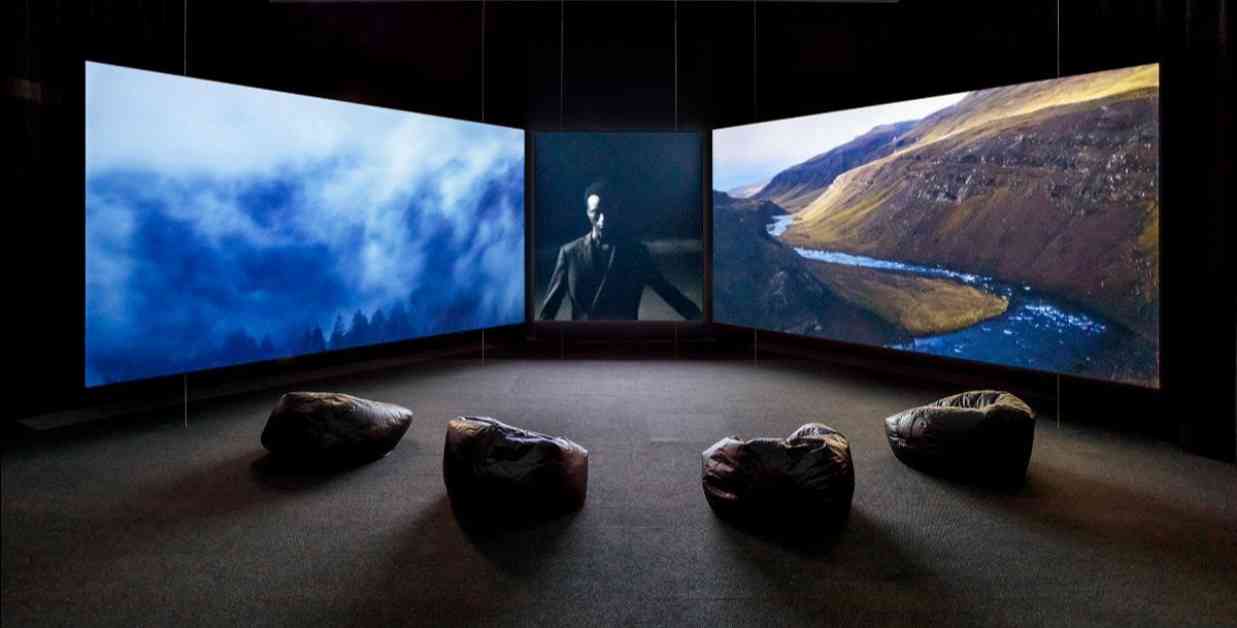The Baltimore Museum of Art is gearing up to launch three new environment-focused exhibitions this February, offering a unique blend of art and environmental awareness that is sure to captivate visitors of all backgrounds. The upcoming showcases promise to delve into the intricate relationship between art and the environment, shedding light on the profound impact of nature on creative expression throughout history.
Exploring the Influence of Smog on European Modernism
One of the highlighted exhibitions, titled “Air Quality: The Influence of Smog on European Modernism,” is set to open on February 9, 2025, at the BMA. This groundbreaking showcase will delve into the connections between burning fossil fuels and the evolution of European modernist art styles during the 19th and 20th centuries. Through a curated selection of paintings and works on paper by iconic artists such as Henri Matisse, Claude Monet, and James McNeill Whistler, viewers will witness firsthand the fusion of art and environmental consciousness.
Dr. Asma Naeem, the BMA’s Dorothy Wagner Wallis Director, eloquently captured the essence of the exhibition by stating, “Smog and the effects of industrialization—whether it inspired or repelled the featured artists—was a significant characteristic of a range of European Modernist works.” This insightful commentary highlights the intrinsic connection between art and the environment, inviting audiences to reflect on the enduring impact of nature on creative output.
Unveiling the Transformative Power of Dutch Landscapes
Another captivating exhibition, “Watershed: Transforming the Landscape in Early Modern Dutch Art,” is set to open concurrently on February 9, offering a deep dive into the role of water in shaping the economic, technological, and artistic landscape of the Dutch Republic. By showcasing works by renowned artists such as Frans Hals, Rembrandt van Rijn, and Jacob van Ruisdael, this exhibition paints a vivid picture of the historical and ecological nuances of Dutch artistry.
Dr. Naeem’s poignant observation that “Watershed captures the realities of human engagement with the environment that began centuries ago” sets the stage for a thought-provoking exploration of the intricate interplay between art, nature, and human civilization. Through themes like “Labor and Trade,” “Water and Technology,” and “Leisure and Nostalgia,” visitors will gain a newfound appreciation for the ecological roots of artistic expression.
As the BMA continues to push the boundaries of artistic innovation and environmental awareness, the upcoming reopening of the contemporary wing on February 26 promises to showcase a diverse array of works that challenge conventional notions of art and nature. With a new presentation titled “Crosscurrents” featuring 67 works, including a striking commission by interdisciplinary artist Abigail Lucien, visitors can expect a visual feast that celebrates the intricate tapestry of human creativity and environmental consciousness.
In the words of Dr. Naeem, “Our contemporary collection showcases some of the most daring imaginings of how artists connect with the environment and offers a rich and dynamic resource for exploring the beauty and complexity of our world.” This sentiment underscores the BMA’s commitment to fostering a dialogue on environmental sustainability and the transformative power of art in shaping our collective understanding of the world around us.
As visitors prepare to embark on a journey of artistic discovery and environmental enlightenment at the Baltimore Museum of Art this February, one thing remains abundantly clear—the intersection of art and the environment is a rich tapestry waiting to be unraveled, inviting us to explore the intricate web of connections that bind us to the world we inhabit.


















